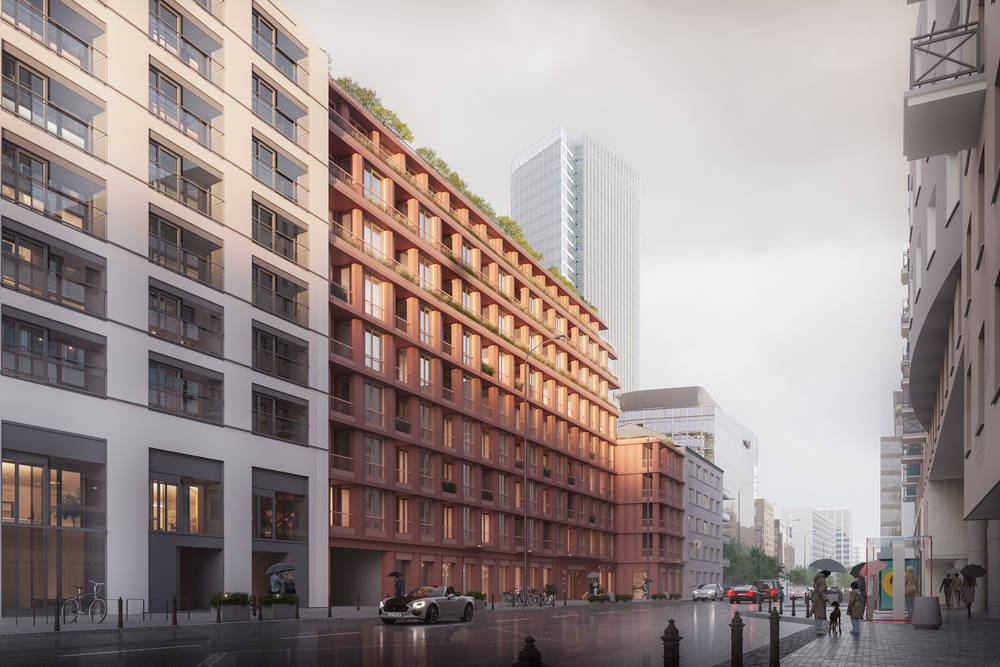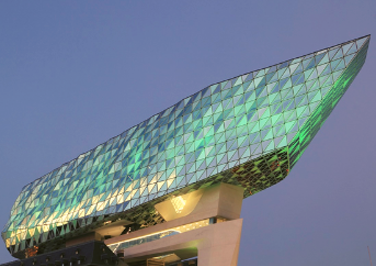
Matexi Polska has received the final planning permission for a development in Warsaw's Wola district at 54 Żelazna Street, on the intersections with Grzybowska and Pereca Streets. The residential building will accommodate 144 units of varying metric sizes, ground floor retail units and a two-storey underground garage with electric car charging.
"The zoning plan for the area allows development with both hotel and residential functions. We bought the plot with a building permit for a hotel building, so we decided to go through the procedure for a replacement building permit. Last week we received a legally binding building permit for the construction of a building with services on the ground floor," said Katarzyna Rytel - Navarro Acquisition & Development Manager at Matexi Polska.
Construction of the project designed by the SAAW architectural office will begin in the first quarter of 2024 and will be completed in early 2026.
The architectural design of the investment bears the features of a downtown development. It assumes the construction of an elegant, modern tenement consisting of two blocks of different heights: 5 and 9 storeys high.
The brick and coral colour of the façade refers to the historic brick buildings in the quarter. Characteristic details of the building's façade include prefabricated elements, openwork balustrades and greenery pots. A representative entrance in the middle part of the building's ground floor from Żelazna Street leads to a spacious lobby and further to an internal green courtyard. A recreational space for future residents has been designed on the green roof.
The design of the SAAW office was created with care to preserve the integration of the urban space. Its aim is not only to fit into the urban fabric of the strongly developing, contemporary heart of Warsaw, but also to become a recognisable part of it.
It took into account both the architectural context of the site - the neighbouring buildings, including the Mennica Residence, the Mennica Legacy Tower and the Norblin Factory - and the functional and social context - the transformation of Warsaw's Wola from a poor district of empty factories and the ruins of pre-war tenements into a multifunctional, vibrant area of the city.
SAAW is a team of creative and experienced architects who create projects out of a passion for architecture and with a view to the context of the place, public space and everyday needs and human relations.


